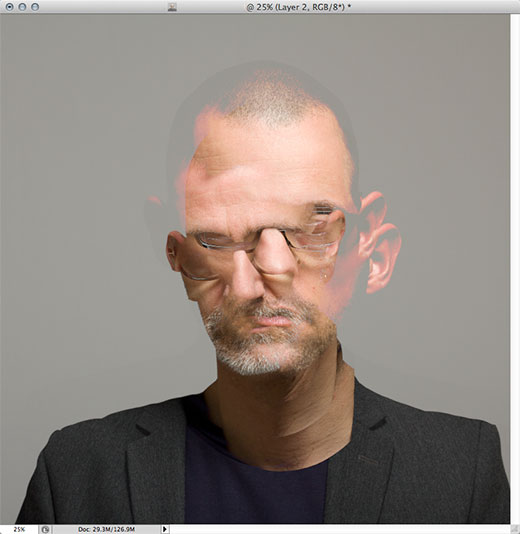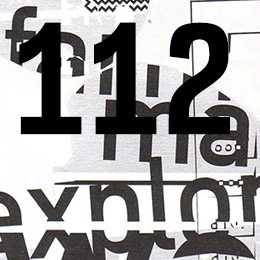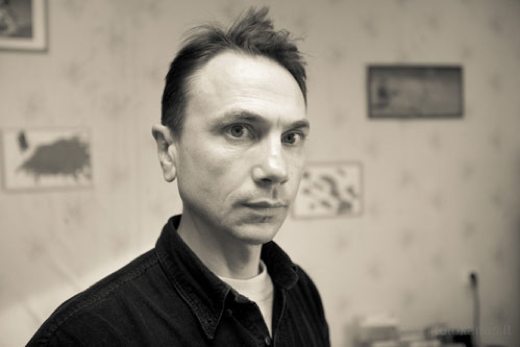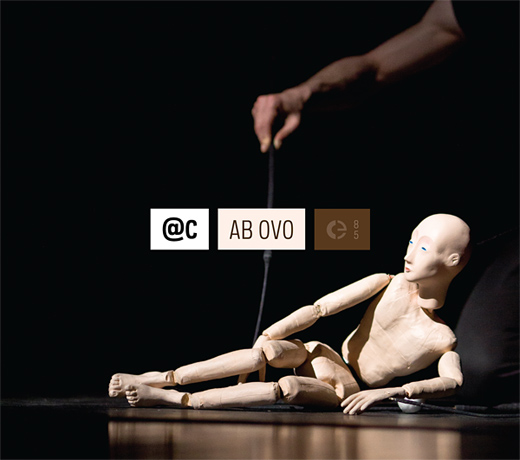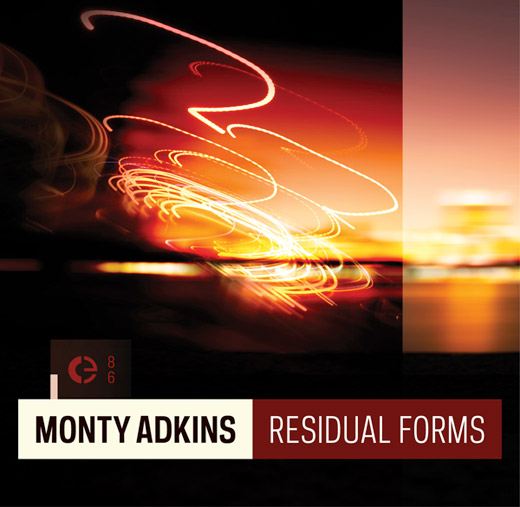
Lemures is the duo of Enrico Coniglio and Giovanni Lami, both members of the collective AIPS (Archivo Italiano Paesaggi Sonori, or the Italian Archive of Soundscapes) and contributors to the Postcards from Italy project. They take their name from the same Roman spirits of the dead after whom Carl Linnaeus named a species grouping of Madagascan primates; the album title “Lemuria†refers both to the ancient Roman festival in which ancestral spirits were placated, and the theoretical lost continent proposed by nineteenth century zoologists to explain how the fossils of certain primates could be found in Madagascar and India but not in Africa or the Middle East. Coniglio’s “noWHere manifesto†for live performance has recently been translated into English over at A Closer Listen; while it’s not clear whether Lami is also a signatory, a second manifesto published on the Lemures website clearly states that “real-time processing of strictly “raw†field recordings†in live performance is at the project’s core.
That “live†element is by no means directly perceptible in these two recordings, which together constitute a diptych. Also uncertain is the line between processed and unprocessed sounds, in other words those heard as they would have sounded “in the field†and those that have been transformed or “chiselled†by the duo’s real-time electronics. This is true as much for the quiet, ‘natural’ soundscapes as much as the clattering ‘industrial’ ones. The processing — or rather, the succession of multiple choices to process or not to process — thus reveals the sculpting and modifications already present in the ‘unprocessed recording’, the way situations sculpt themselves through conflations and aggregations of human and non-human processes and activities. The way the sound of water is modified by the stone channel through which it gushes, for example, but also the way the water erodes the stone, thus further modifying its own sound. From this perspective, the project takes static, fixed recordings and, through the liveness of live performance, makes them resemble the dynamic, constantly changing environments of which they are fossilised traces. Spirits of the dead indeed.
What is heard, then, is Coniglio’s home town of Venice — which is to say that what is heard is the world. Venice appears to the tourist as a timeless preserved relic, taxidermied medievalry in an ethnographer’s bell jar, yet a more precarious and fast-eroding environmental situation can scarcely be imagined. The clarity with which the city presents this double image, of the museum exhibit and of the impending cataclysm that is in fact already here, is what makes it such a lucid synecdoche for the world in general as it undergoes geologically rapid climate change. This same doubling is heard in Lemures’ ‘dead’ field recordings that are now also ‘live’ (and killed again in re-recording, and re-animated again in playback and listening). The microphone kills what it captures, yet what is dead comes back to haunt — only this time not as a symptom of the mourning experienced by the peddler of verisimilitude, but as a critical invocation of a concrete situation. Catastrophe inheres not in the violence or otherwise of the music itself, not through the carefully orchestrated evocation of emotion, but in the way the work reveals the simple fact that everything is already changing. This fact is then thrown in a distinctly political direction. Nathan Thomas
via Fluid Radio
